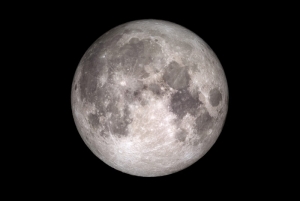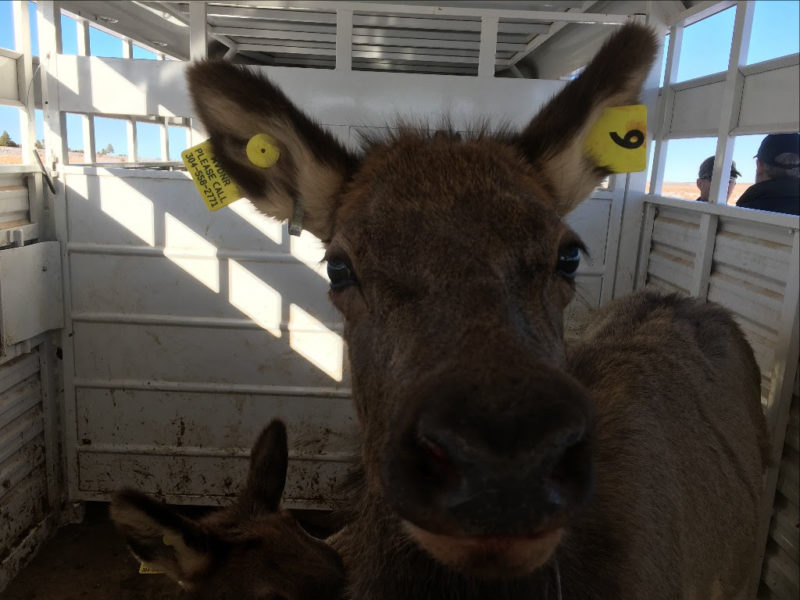PICKLE STREET, W.Va. — Of all the odd community names in West Virginia, "Pickle Street" must rank among the oddest. Why this hamlet in Lewis County bears the name "pickle" is as much a mystery as why it is termed "street." There is little street-like about rural US-119, which wanders the valley of Leading Creek between Glenville and Weston.
Several obscure theories about why the community is so-named have been put forth, though none may ring true, and the name's origin may remain a mystery.
According to one source, the community may have been named for a muddy track on the old dirt road that led through the community. Wagons bearing supplies from Weston to Glenville would mire in a particularly huge mud hole there in spring when the weather is typically wet.
Six-horse teams had to be used to pull supplies through, and on one occasion, a wagon full of — among which were pickle barrels—lost part of its load while attempting to negotiate the hole.
Another origin was once postulated by the late Maud Harris Eakle, of Fairmont, West Virginia, who lived at Pickle Street when she was a child. Eakle claimed it was named after a jar of pickled beans that she broke over the head of a schoolmate who had "said things about my mother."
However, the late Ella Bailey Warner, who also lived in Pickle Street at about the same time as Mrs. Eakle, said the place was named by her cousin, Lucinda, after her father, John Clemons, who said he was going to plant pickles in his garden patch and have a pickle factory. Warner noted that Clemons "did not plant pickles at all, but watermelons, which have been known, by the way, to make pretty good pickles."
A fourth origin may be that "Pickle" had been a surname for an early settler. Pickles Fork, nearby in Braxton County, is the name of a small right-hand tributary of Salt Lick Fork of Little Kanawha River. Pickle Ridge, in Pendleton County, is a short ridge that rises to about 3,000 feet in elevation west of the South Branch of the Potomac.
It's also been said that "pickles" was another term for "whiskey," and that the community might have been known as a source for libations. Perhaps some intrepid genealogists can determine whether any Pickles ever lived in the little valley along Leading Creek.
Wolf Moon once shone on wolf-haunted West Virginia hills

January’s annual Wolf Moon recalls a time when wolves roamed the hills of West Virginia. Though the idea may seem as remote as the dark Allegheny forests through which wolves last stalked, West Virginia’s rugged interior was the final eastern stronghold of the Canis lupus. As far as is known, the last wolf that lived in West Virginia was shot and killed in remote Webster County in 1897 by 17-year-old Daniel Stoffer Hamrick. Read the full story here.
Sign up to receive a FREE copy of West Virginia Explorer Magazine in your email weekly. Sign me up!


